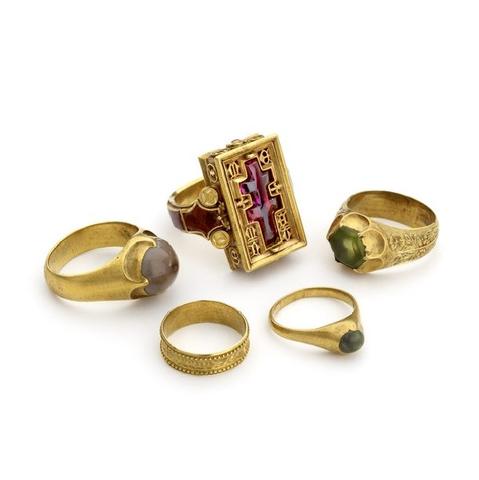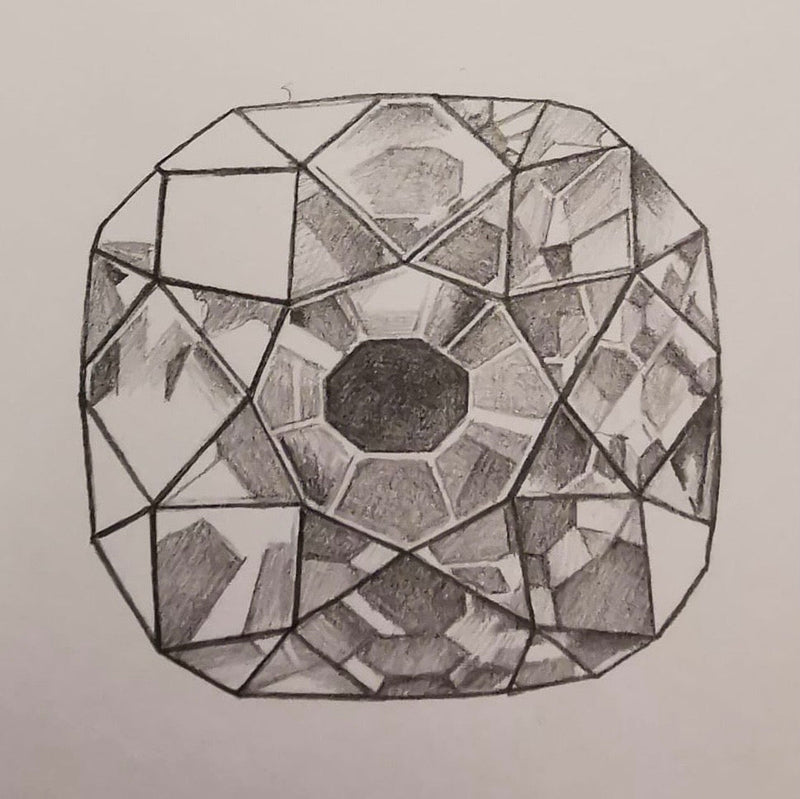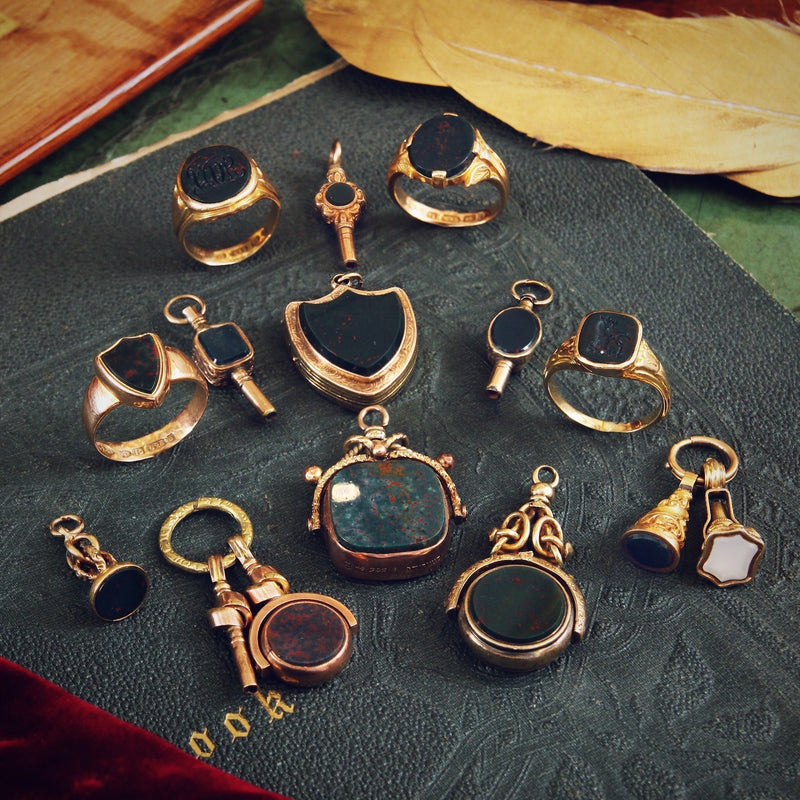
 The Finger Ring collection consists of a diverse selection of ring types, including rare examples covering many centuries; ranging from Pharonic Egypt to Victorian Britain. Particularly important are the Medieval, Renasissance and Baroque examples, and the large collection of 'Posey' rings, and the collection is considered one of the best in the country. What this wonderfully varied collection particularly celebrates is the personal and social significance that each of the rings had to its wearer.
The Finger Ring collection consists of a diverse selection of ring types, including rare examples covering many centuries; ranging from Pharonic Egypt to Victorian Britain. Particularly important are the Medieval, Renasissance and Baroque examples, and the large collection of 'Posey' rings, and the collection is considered one of the best in the country. What this wonderfully varied collection particularly celebrates is the personal and social significance that each of the rings had to its wearer. ‘Often in history and in legend…a story turns upon the fact that that a ring or jewel is recognised as belonging to someone important…and it is true that rings were known and recognised as powerful symbols and that the passing of a ring from one person to another could have an awesome significance.’ –Scarisbrook/Henig; Finger Rings.

The majority of the rings were presented by two main bequests; from Charles Drury Edward Fortnum (in 1897), a Victorian connoisseur who spent his lifetime searching out, researching and meticulously cataloguing his wide ranging collections, and Sir John Evans (in 1908), previously keeper of the museum. Believing that artifacts, and indeed rings were and are expressive of a particular culture in the same way as architecture and art, they also published several works on the subject.

This stunning collection is housed in a purpose-built free-standing octagonal shaped cabinet, grouped together in types with many early and rare rings including;
- Rings significant for legal and business purposes, denoting power such as intricately carved Roman and Etruscan seal rings.
- Rings marking the key events in the lives of their owners such as marriage and death are instanced in the beautiful Renaissance fede love and marriage rings and the exquisitely enamelled 17th century momento mori rings.
- Papal and other ecclesiastical rings demonstrating the strength of religious faith or authority of the wearer include rings with prayers, Biblical inscriptions and iconography.
- Amulet rings such as the fourteenth century toadstone rings, showing belief in the supernatural power of some gemstones.












